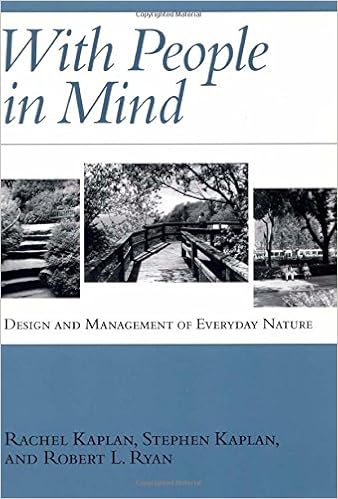Participatory Process
Participation in design of anything is critical in the process of designing that thing. An architect or a designer doesn't truly know what the user needs or wants until getting them involved. The architect may think they know, but that is only safe as an assumption. There are ways to analyze how people behave through observation, but intent can only be assumed, not solidified in facts. It's these assumptions that create those Junk Spaces we discussed a few weeks ago.
I also think there's post-design participation, where the design is still malleable and can be shaped by the user after it has already been designed. This in effect makes the user a co-designer. Letting them move chairs or lights around to create the space exactly how they need it for that specific time. One of my favorite documentaries The Social Life of Small Urban Spaces by William Whyte illustrates this. People want to engage with their surroundings, even subconsciously. In a way, this is still part of the design process, as it is intentional. The design process in these spaces is theoretically infinite, then, which extends the life and proves them successful. By allowing users to participate this way in designing the space, they are more likely to have an enjoyable experience.


I think you made an interesting point about post-design participation and how users actually end up using a space, but should we just be designing 'basic' places for the user to define? I think this is more relevant to open public spaces but how can it be implemented in buildings?
ReplyDelete